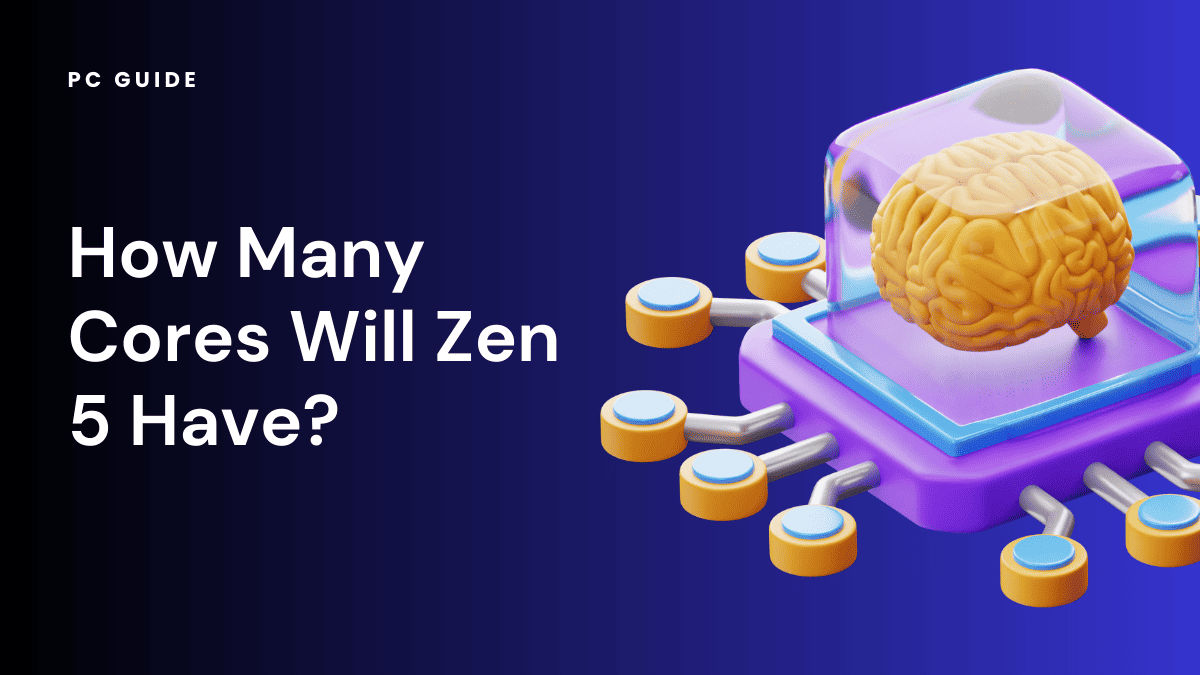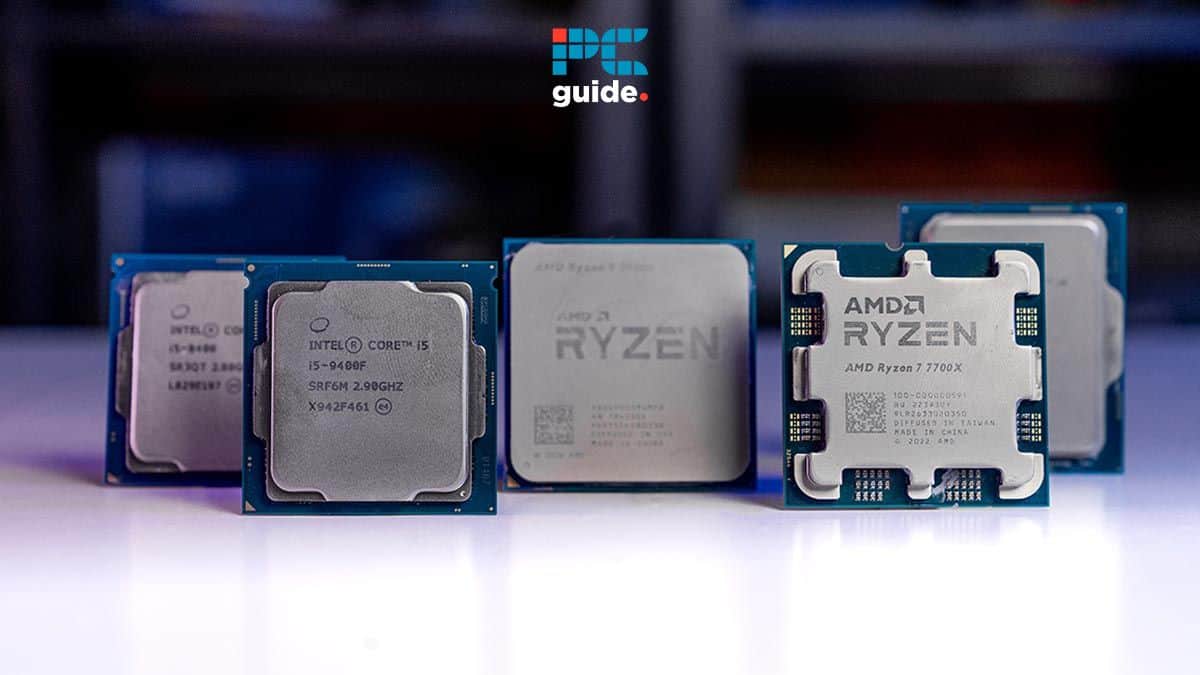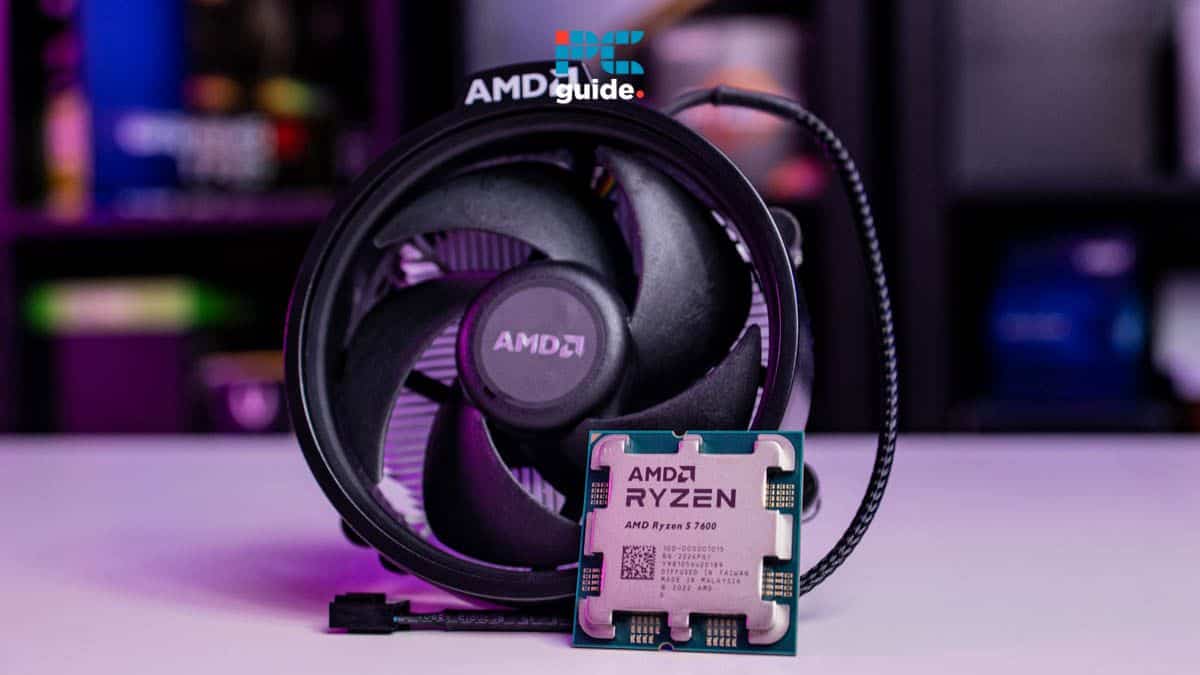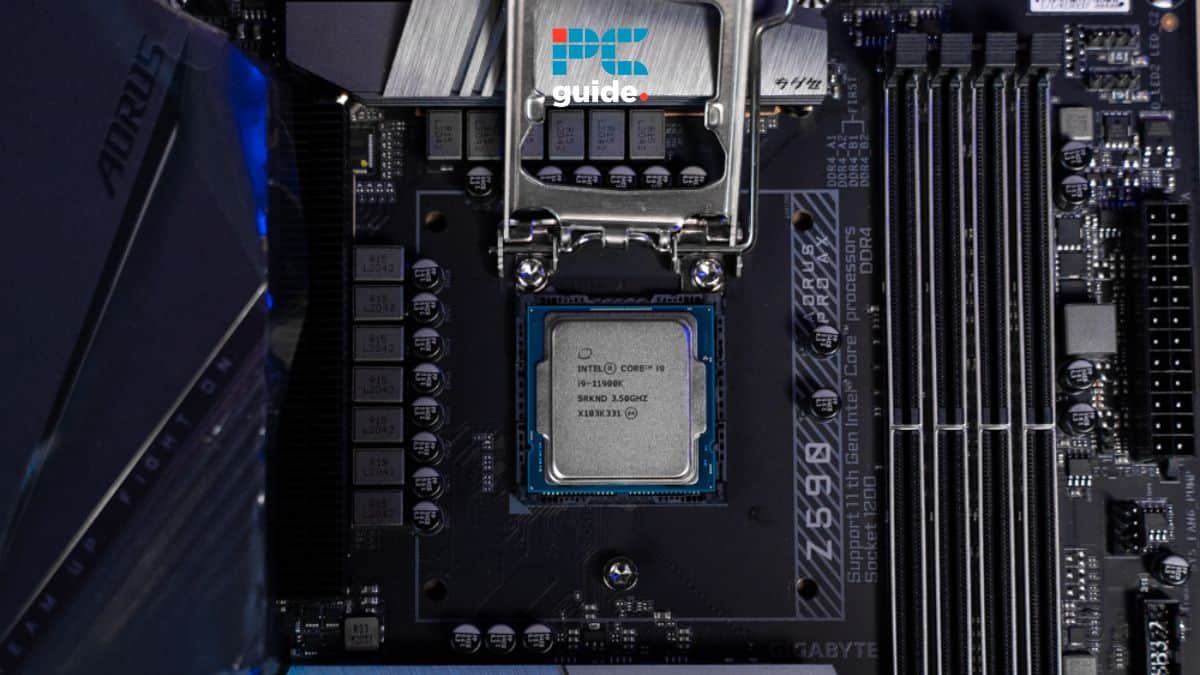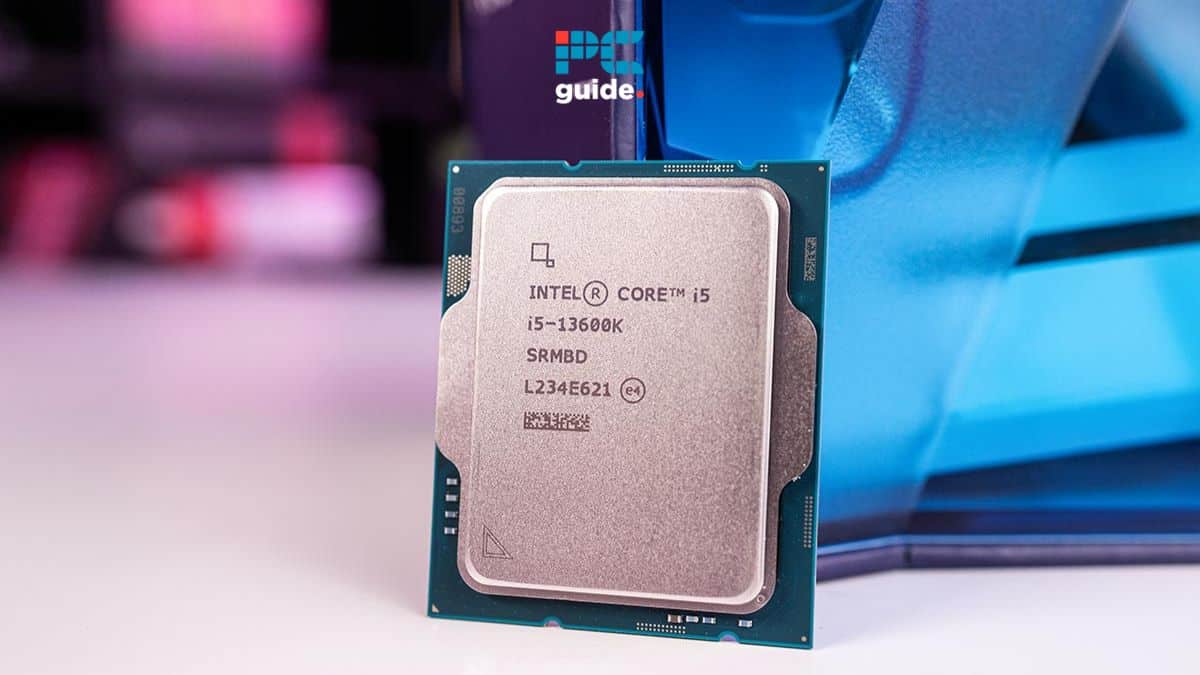Welcome to our comprehensive exploration of Advanced Micro Devices’ (AMD) latest generation of processors, Zen 5. If you’ve been asking, “How Many Cores Will Zen 5 Have?”, you’ve landed in the right place!
In this post, we’re not only going to answer your primary question but also delve into the intricate details of this 16-core powerhouse. We’ll examine the specs, clock speeds, and optimizations that make Zen 5 a game-changer in the realm of servers and high-performance computing.
From cache sizes to the Granite Ridge architecture that underpins it, we’ll leave no stone unturned. So, buckle up as we embark on this journey to understand the power and potential of Zen 5’s core count.
Understanding CPU Architecture: Zen 5 vs. Intel
When it comes to CPUs, architecture plays a pivotal role in determining performance. The Zen 5 microarchitecture, developed by AMD, is set to compete directly with Intel’s offerings. One of the key differences lies in the number of CPU cores. While Intel has traditionally focused on boosting single-core performance, AMD, with its Zen 5, is pushing the boundaries by increasing the number of cores. This approach allows for improved multitasking and better performance in heavily threaded applications.
Zen 5 and AMD’s Ryzen Legacy
The Zen 5 is the latest addition to AMD’s Ryzen family of processors, which have been lauded for their impressive performance and value. Building on the success of previous generations, the Zen 5 aims to push the boundaries of what’s possible in CPU technology.
Eldora and Zen 5: A Powerful Combination
Eldora is the code-name for one of the Zen 5’s most anticipated models. With its advanced features and high core count, Eldora promises to deliver exceptional performance for both gaming and professional applications.
The Role of TSMC in Zen 5’s Production
TSMC, or Taiwan Semiconductor Manufacturing Company, is the world’s most valuable semiconductor company and plays a crucial role in the production of Zen 5 CPUs. TSMC’s advanced nodes are used in the manufacturing process, which allows for smaller, more efficient, and more powerful chips. The collaboration between AMD and TSMC has been instrumental in the development of the Zen 5.
The Zen 5 Lineup: A Look at Different Models
The Zen 5 lineup is expected to include a range of models to cater to different needs. From entry-level CPUs for everyday computing to high-end models for gaming and content creation, the Zen 5 lineup promises something for everyone. Each model will feature the same advanced architecture and high core count, with differences in clock speeds and power consumption.
Zen 5’s Impressive Core Count
Zen 5 processors offer exceptional performance, and one of the ways they achieve this is through an increased core count. These processors typically feature 16 cores, providing immense processing power for demanding tasks.
Multitasking Made Easy
With a higher core count, Zen 5 processors excel in multitasking scenarios. You can effortlessly perform multiple tasks simultaneously without experiencing any lag or slowdowns.
Whether you’re running resource-intensive applications, editing videos, or gaming, Zen 5’s many cores ensure a smooth and efficient user experience.
Microarchitecture: The Building Blocks of Zen 5
At the heart of the Zen 5 CPU lies its advanced microarchitecture. This refers to the way the CPU is designed at a fundamental level, including how its cores are arranged and how it processes instructions. The Zen 5’s microarchitecture is designed to maximize performance and efficiency, making it a formidable competitor in the CPU market.
Boosting Performance
AMD Zen 5’s impressive core count directly translates into improved application performance. Whether you are dealing with intensive workloads like video rendering and 3D modeling to everyday tasks like web browsing and word processing.
Zen 5’s multiple cores deliver enhanced speed and responsiveness. It allows you to get things done more quickly and efficiently.
Efficient Power Consumption
While Zen 5 processors have a higher core count, they have been optimized for efficient power consumption. It means that despite the increased number of cores, the processors deliver excellent performance.
You can enjoy the benefits of a higher core count while controlling power consumption.
Single-Threaded Performance: Zen 5’s Strength
One of the key strengths of the Zen 5 is its single-threaded performance. This refers to the CPU’s ability to execute instructions from a single thread quickly and efficiently, which is crucial for tasks like gaming that rely heavily on single-threaded performance.
Zen 5’s Impact on Desktop and Server Performance
With its increased number of cores and improved architecture, Zen 5 is set to make a significant impact on both desktop and server performance. For desktop PCs, users can expect smoother multitasking, faster rendering times, and improved gaming performance. On the server side, Zen 5’s high core count and efficiency improvements can lead to better server density and lower energy costs, making it an attractive option for data centers.
IPC Improvements in Zen 5
IPC, or Instructions Per Cycle, is a measure of a CPU’s performance. In simple terms, it represents how much work a CPU can do in one clock cycle. With Zen 5, AMD has made significant strides in improving IPC, which translates to better performance in both single-threaded and multithreaded tasks.
Understanding Frequencies in Zen 5
The frequency of a CPU, measured in gigahertz (GHz), is a measure of its speed. The higher the frequency, the faster the CPU can execute instructions. With Zen 5, AMD has made significant improvements in both base and boost frequencies, resulting in faster and more responsive performance.
Granite Ridge: The Foundation of Zen 5
Granite Ridge is the underlying architecture of the Zen 5. This advanced architecture allows for a higher core count, improved power efficiency, and better performance in both single-threaded and multithreaded tasks.
Genoa: The Next Step in Zen 5’s Evolution
Genoa is the successor to Zen 5 in AMD’s CPU lineup. While details about Genoa are still emerging, it’s expected to build on Zen 5’s strengths and introduce new features and improvements.
Future-Proofing Your System
Investing in Zen 5 processors with a higher core count can be beneficial for future-proofing your system. These days, software, and applications continue to become more demanding.
A processor with ample cores ensures your system remains capable and responsive for years. Upgrading to Zen 5 lets you stay ahead of the curve and handle upcoming software advancements effortlessly.
FAQs
Why Is a Higher Core Count Important for a Processor?
A higher core count allows a processor to handle multiple tasks simultaneously, resulting in better multitasking and improved performance. It ensures smoother execution of resource-intensive applications, faster data processing, and enhanced user experience.
Conclusion
Zen 5 processors have an impressive core count, offering multitasking capabilities and efficient power consumption.
With a higher core count, you can easily tackle demanding tasks and future-proof your system for years. Whether you’re a professional user or a gaming enthusiast, Zen 5’s numerous cores provide the processing power to excel in any scenario.

